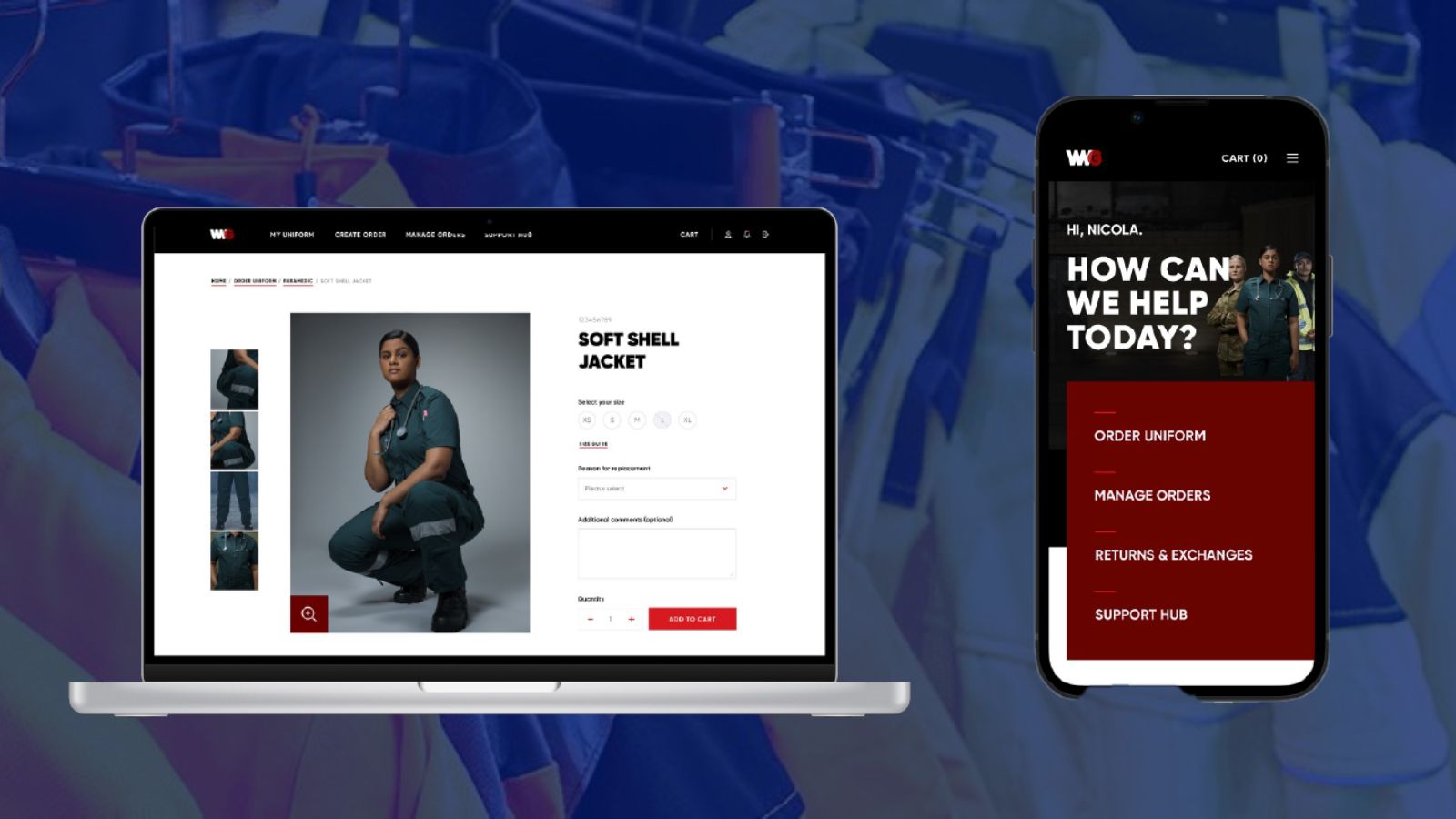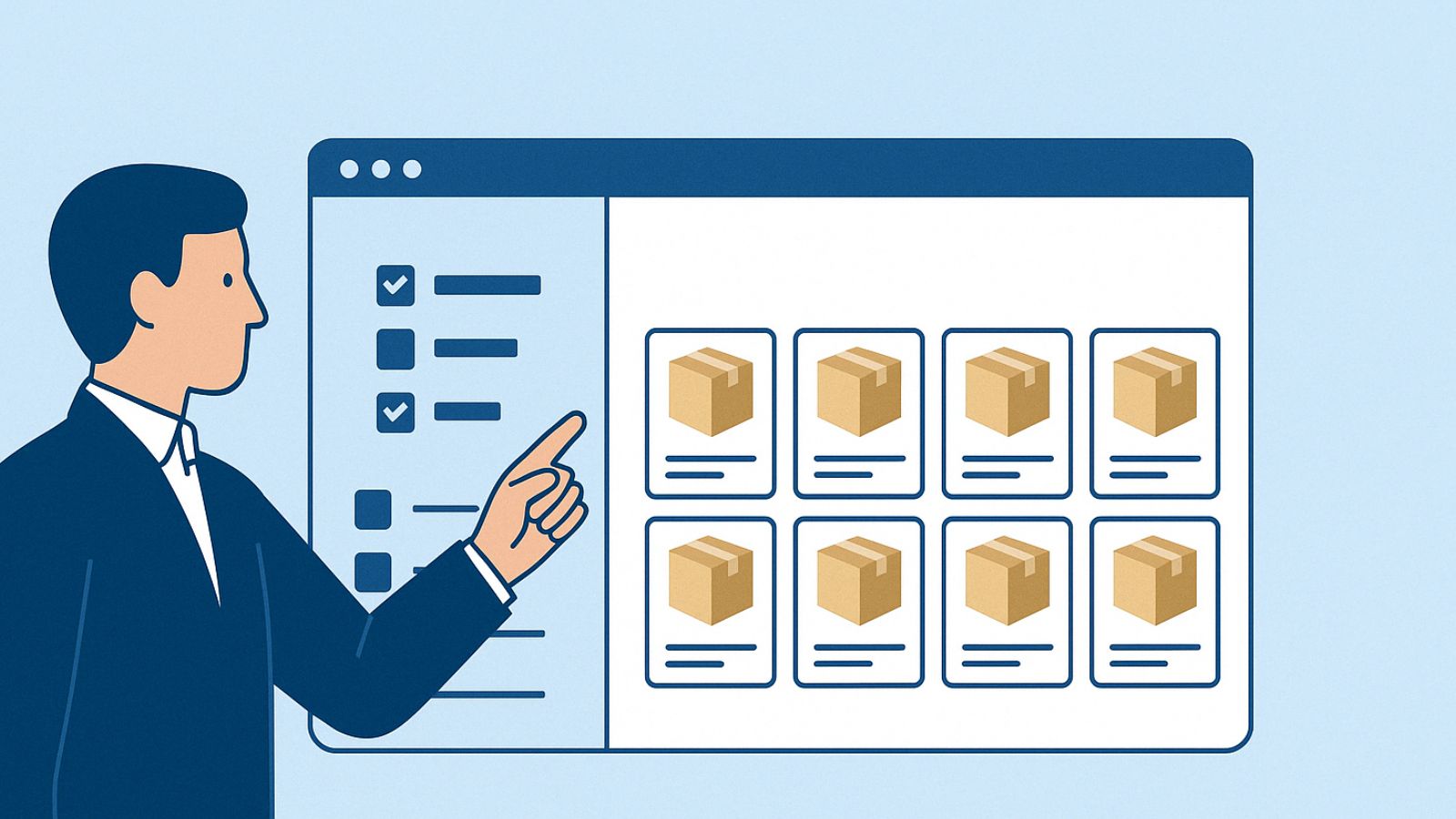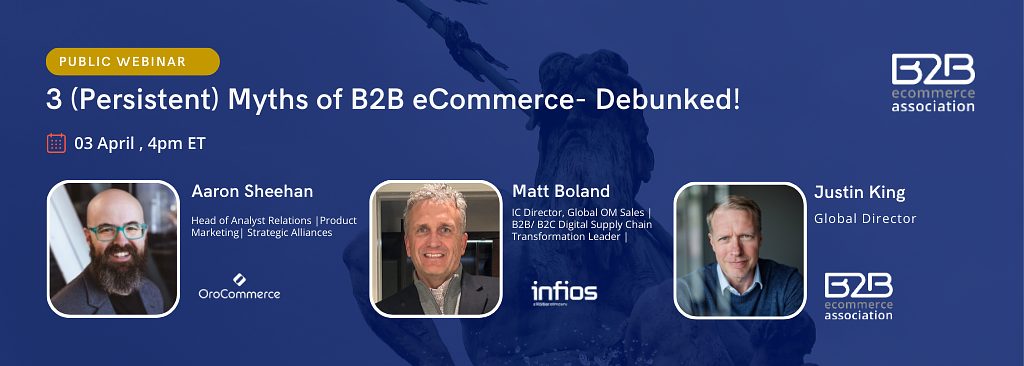In an era where customer expectations continue to evolve, B2B organizations are challenged to redefine their digital platforms to stay competitive. For Workwear Group, a leader in workwear solutions owned by the Wesfarmers Group in Australia, transforming their digital landscape was not just an upgrade—it was an opportunity to realign with the needs of their customers and create a seamless, efficient user experience. Diane Frick, General Manager of Digital and Data at Workwear Group, recently shared insights on this remarkable transformation journey with the B2B eCommerce Association.
The Catalyst for Change
Workwear Group’s digital transformation began with the realization that their legacy eCommerce platform was no longer viable. “Our e-commerce system that we were asking our B2B customers to transact on actually predated the internet,” Diane revealed. This aging platform had limited capabilities, creating barriers for both customers and internal teams. “You can imagine what kind of experience our customers were getting. Over time, it led to a really poor customer experience, stunted revenue growth, and reduced market share,” she explained.
Faced with these limitations, Workwear Group set out to design a new digital experience that not only met but exceeded the standards of modern B2B eCommerce. Their mission was twofold: deliver an exceptional customer experience while improving business operations.
A Customer-Centric Approach
Customer research was the foundation of Workwear Group’s transformation. “We started with our customer by understanding their needs and requirements,” Diane emphasized. This approach helped the team design a platform that directly addressed customer pain points and simplified their interactions. The research didn’t just inform platform design but also guided business decisions and mitigated uncertainties.
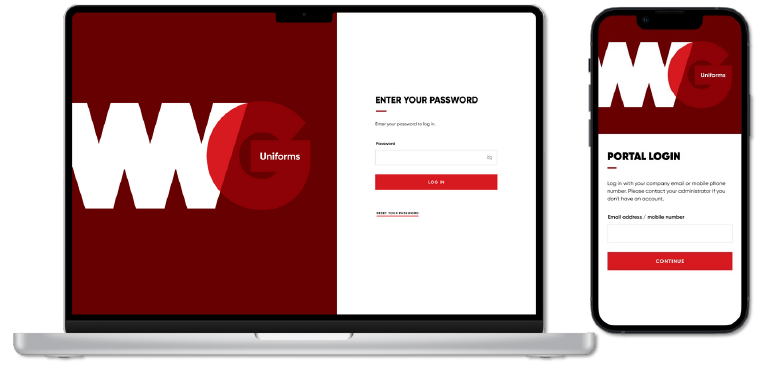
“If we were going down a path and reached a fork in the road, we’d come back to the key pain points and needs of our customers,” Diane noted. This customer-focused design extended to internal stakeholders, allowing Workwear Group to align their business processes with the customer journey for a seamless experience across touchpoints.
Overcoming Challenges in Legacy Systems and Change Resistance
Transforming a digital platform is rarely straightforward, especially when legacy technology is involved. “One of our key challenges was integrating with our legacy ERP, OMS, and WMS while replacing our legacy eCommerce system,” Diane said. These existing systems had accumulated “spaghetti-coded” workarounds over time, presenting both technical and logistical hurdles.
Another key challenge was change resistance among internal stakeholders. “With a digital transformation, it can be hard. People are often wedded to the platforms and systems they’re using, even if they hate them,” Diane acknowledged. To address this, Workwear Group implemented a robust change management strategy that included extensive training and clear communication about the benefits of the new system.
Platform Selection and Custom Logic Build
In selecting a new platform, Workwear Group needed a solution flexible enough to accommodate the complexities of their B2B and B2C needs. SAP Commerce Cloud emerged as the best option due to its ability to support multiple personas and integrate with legacy systems. “We were looking for a platform that could handle our complex logic and allow all the multiple personas to interact with the site,” Diane shared.
However, SAP Commerce Cloud alone wasn’t sufficient to meet Workwear Group’s unique requirements. “What it didn’t have was the complex logic build that we needed,” Diane explained. To address this, the team created a custom engine that seamlessly integrated with SAP Commerce Cloud, enabling the platform to handle specific B2B functions like individualized order limits and tailored product displays.
A Phased Rollout and Continuous Improvement
Workwear Group’s transformation followed a phased approach, releasing features iteratively to gather user feedback and make necessary adjustments. Starting with an MVP (Minimum Viable Product), they launched their new system with one customer, allowing the team to observe and optimize in real-time. “We’ve been continuously iterating and releasing. Every two weeks, we’ve done a sprint release, adding more features and enhancements,” Diane said.
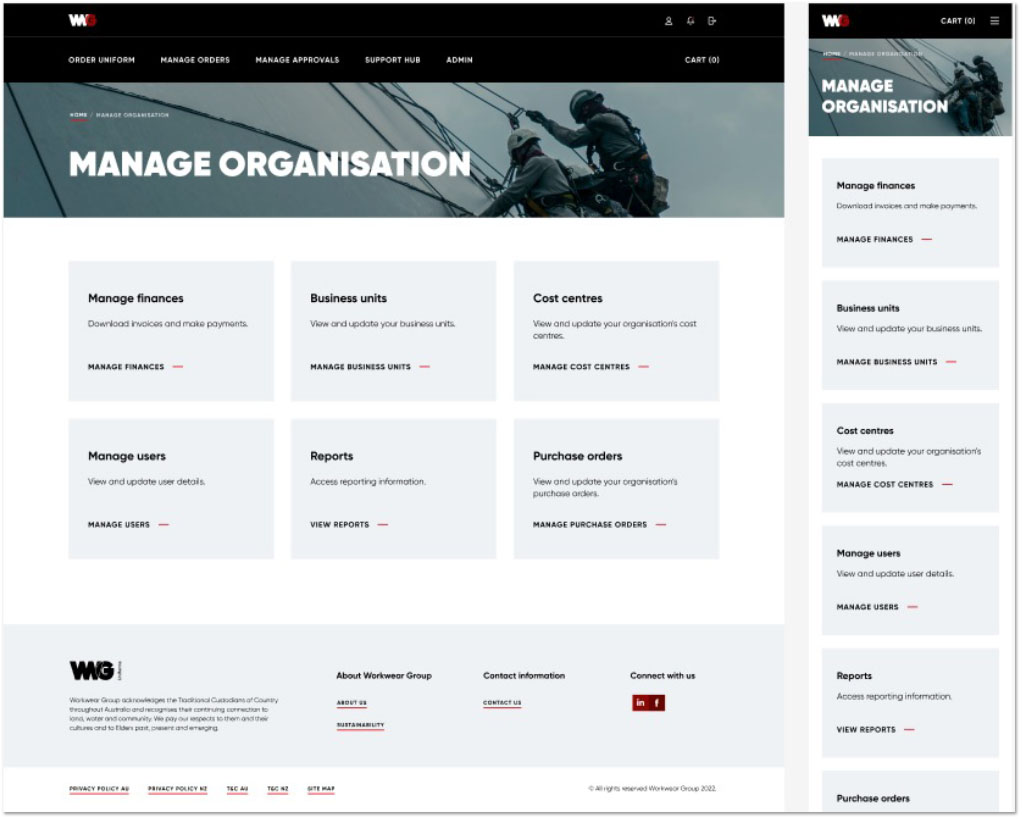
This method also allowed Workwear Group to test the platform’s usability across diverse user groups. “Depending on the level of digital comfort among end-users, feedback varied,” Diane noted. This feedback proved instrumental, revealing unanticipated usability issues that the team could address in subsequent updates.
Impact and Results
The transformation has paid off, not only for Workwear Group but also for their clients. “We have seen higher revenues coming through from the customers that have moved to the new platform,” Diane reported. Improvements in user experience and administrative efficiencies have translated into tangible gains for both Workwear Group and its customers.
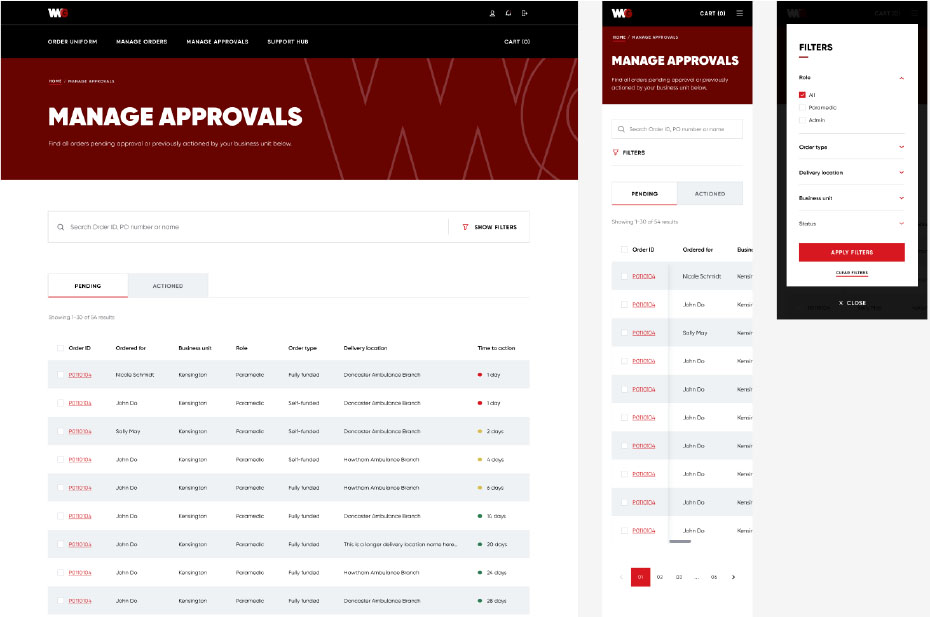
One of the most impactful features has been the platform’s self-service capabilities, reducing reliance on customer service for basic transactions. “You don’t have to call customer service for every single interaction. You can track your orders, manage budgets, and even complete returns and exchanges,” Diane highlighted. This self-service capability has led to a “markedly reduced cost of doing business” while simultaneously enhancing the customer experience.
Key Takeaways and Looking Forward
For Workwear Group, the project’s success underscores the importance of research-driven design and continuous feedback. “Customer research was the real differentiator here,” Diane said. By prioritizing customer needs and aligning their internal processes to support them, Workwear Group has created a platform that serves both operational efficiency and customer satisfaction.
As they look to the future, Workwear Group is already exploring ways to incorporate AI, predictive search, and CRM integrations to further elevate the platform. “We’re focusing on automation and the use of AI to improve customer experience and drive additional value,” Diane noted.
Wrap Up
Workwear Group’s transformation is a testament to the power of customer-centric digital evolution in B2B eCommerce. With a strong foundation built on customer research, strategic technology choices, and iterative improvements, Workwear Group has not only modernized its operations but also set a high standard for B2B customer experience. Diane’s journey serves as a valuable case study for other B2B organizations, highlighting the importance of adaptability, customer focus, and resilience in the ever-evolving digital landscape.


